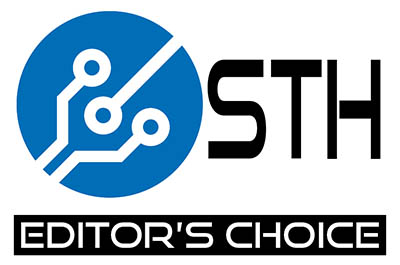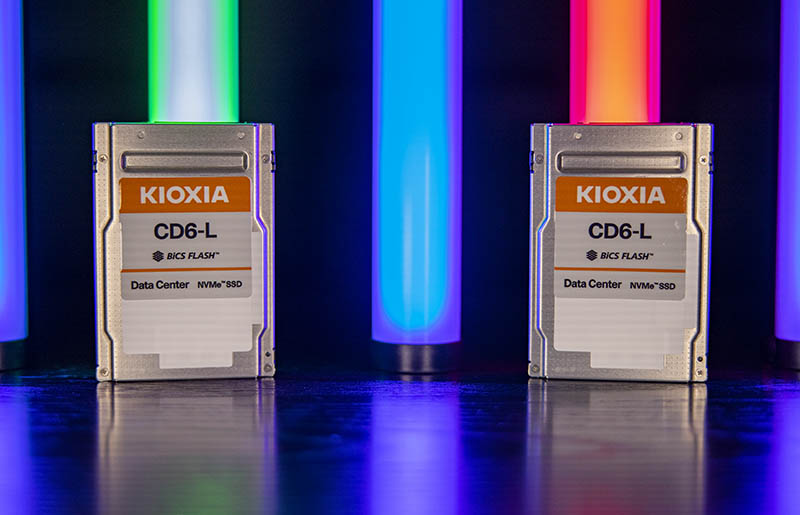The Surprise Announcement: STH Editor’s Choice Award
For a long time, we have been resistant to give awards. There are a number of sites that give virtually every product an award. At STH, we started giving out the STH Editor’s Choice Award in 2019 in the site’s 10th year. We wanted the award to be exclusive. Instead of giving every product the award, our goal was to hand out the award no more than once per month. After we gave out four awards in the first 10 months, we re-set our target to four Editor’s Choice awards a year.
STH Editor’s Choice Award Process
We do not have a fixed set of criteria for giving the award. Instead, we look at the gravitas of a product. That means we look for combinations of unique features such as:
- Market impact
- Excellence in engineering
- Extreme value compared to other offerings
Perhaps the biggest indicator is whether we use, or plan to use the products regularly in our environments. If we feel that we could not do without a product as the site that has a data center lab, then it must be doing something right.
To get a STH Editor’s Choice Award, the reviewer of a product must nominate it for the award. Our Editor-in-Chief must then consult with the reviewer, and decide that the product being considered has the appropriate market gravitas to receive the award.

Kioxia was first to market with generally available PCIe Gen4 NVMe drives for the data center. From our testing, these drives offer a huge performance boost over PCIe Gen3 NVMe drives. Perhaps the bigger factor is that, while they have not replaced the hundreds of PCIe Gen3 NVMe SSDs in our labs and production environments, they have changed our buying patterns. We effectively stopped buying excess PCIe Gen3 NVMe SSDs and SATA SSDs for the lab once we started to see the performance of the Gen4 NVMe SSDs.
More broadly, these drives are now capable of replacing sets of SATA SSDs. As capacities increase and the number of PCIe Gen4 lanes increases, we simply see this as a next step in the evolution of computer architecture. As a site, we also tend to lean more towards scaling out the number of nodes and storage devices instead of creating proprietary high-availability designs. While the Kioxia CM6 is clearly the faster drive, with features such as dual porting, for our team, the CD6 is a more impactful product.
As such, we are giving the Kioxia CD6 series, inclusive of the CD6-L our Editor’s Choice Award. Congratulations to the Kioxia team on this accomplishment.
Final Words
To us, the Kioxia CD6-L is the type of drive we would look to purchase for STH’s own clusters. It does not have the same performance as the CM6, nor all of the CM6’s more advanced feature sets. Instead, it is designed to offer heavy read performance at a lower price point. Specifically, a price point that is designed to compete head-to-head with SATA drives on a price per GB/TB basis in systems from major OEMs.

In this review, we also showed another important aspect for the drives: the ability to use them in not just AMD EPYC servers, but also future servers we will see from the Arm ecosystem such as the Ampere Altra. When PCIe Gen3 was announced, Intel Xeons dominated the generation of servers. With PCIe Gen4 NVMe SSDs, we will have more architectures and those architectures will not just be Intel Xeon-based.
If one is looking for the absolute best performance in a NVMe SSD, then the Kioxia CD6-L is almost explicitly designed not to fill that need. Instead, it is designed to bring PCIe Gen4 performance in a read optimized drive form factor with costs more comparable to SATA SSDs. When we start seeing performance figures that are 8-12x that of SATA SSDs, and costs that are very close, and broad ecosystem compatibility, then this sort of transition can happen. Perhaps 2021, with drives like the CD6-L, will finally mark the end of SATA SSDs in the data center.




I’m ashamed but we’re still using SATA in our Dells. We’ll be looking at gen4 in our next refresh for sure.
If people missed it… watch the video. I’m sending it to a colleague here since it explains the why of arch. It’s different than the article but related.
Good job on the ARM ampere tests too. we prob won’t buy this cycle, but having this info will help for 2022 plans
We won, John, we won. The SATAs can never again destroy our bandwidth. But the price, John, the terrible terrible price.
Plan to buy Dell 7525 for Media Storage but not sure can support NVME raid on Pci 4.0 ?
if we use raid for read only performance must multiply by disk ?
didn’t see anyone test on this :)
Can I use these drives in a normal AMD PCIe gen4 system, using a m.2 to u.2 cable? Or is there a m.2 to u.3 cable?
As far I know those Kioxia pro drives don’t have any end-user support in terms of sw tools or firmware. They wont even disclose any endurance numbers. In my they are only an option if you buy perhaps > 1000 disks to get the right support.